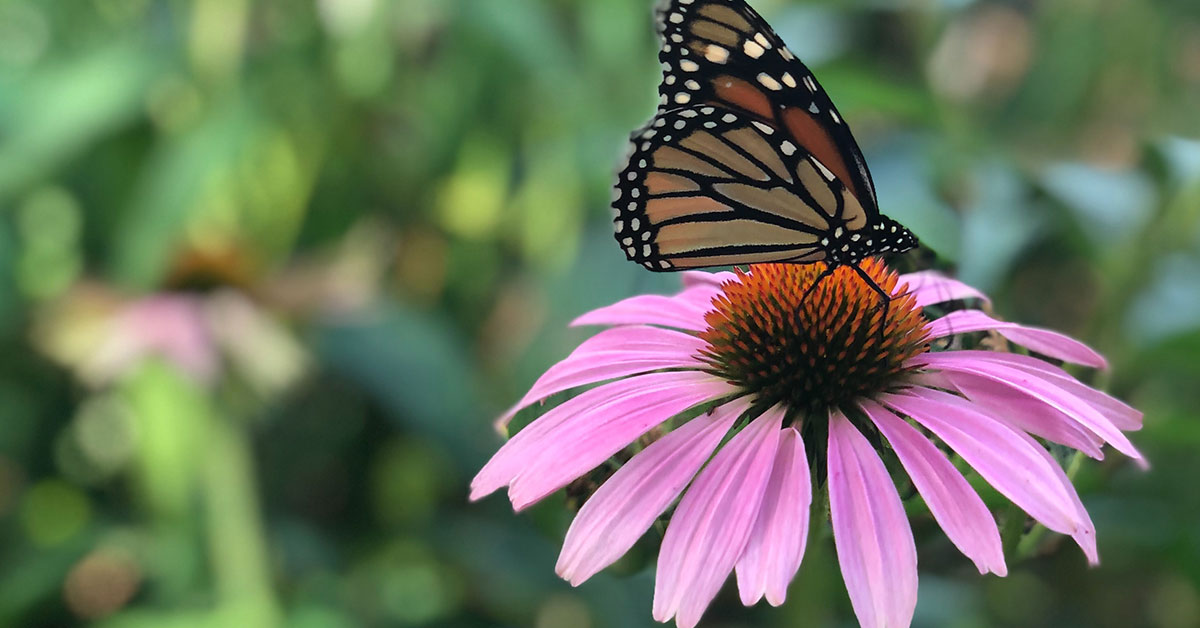As a devoted gardener, I have long been fascinated by the delicate yet resilient nature of the Monarch butterfly. Their annual migration and intricate life cycle inspire awe and admiration. By planting a garden filled with nectar-rich flowers, we can play an active role in preserving and nurturing these incredible creatures.
Monarch butterflies are particularly attracted to nectar-rich flowers that provide them with a reliable food source during their long migrations and breeding seasons. Here are some flowers that are known to attract and support Monarch butterflies:
Milkweed

Milkweed (Asclepias spp.) is the primary host plant for Monarch butterflies. It is essential for their caterpillars, as they exclusively feed on milkweed leaves. Additionally, milkweed flowers provide nectar for adult Monarchs. They’re native throughout most of North America.
Butterfly Bush

Butterfly Bush (Buddleja spp.), also known as Buddleja, is a popular choice for attracting Monarchs and various other butterfly species. Its large, cone-shaped flower clusters produce abundant nectar that Monarchs find irresistible.
Zinnia

Zinnias (Zinnia spp.) are vibrant, easy-to-grow annual flowers that produce nectar-rich blooms in various colors. Monarchs are attracted to their bright hues and plentiful nectar supply.
Coneflowers

Coneflowers (Echinacea spp.), with their striking daisy-like blooms, are highly attractive to Monarch butterflies. They provide abundant nectar and serve as a visual beacon in the garden.
Lantana
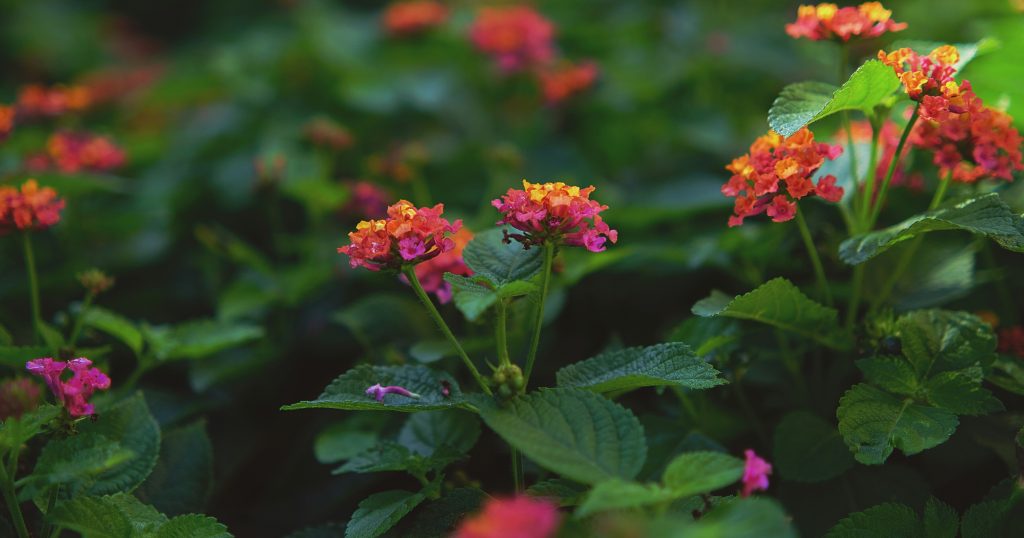
Lantana (Lantana camara) is a versatile flowering plant that comes in a range of colors and produces small, clustered blooms. Its nectar-rich flowers are a favorite of Monarchs, and they also attract other butterfly species.
Asters

Asters (Aster spp.), with their daisy-like flowers, are not only beautiful but also excellent sources of nectar for Monarchs. They bloom in late summer and fall, providing crucial sustenance during the butterflies’ migratory journey.
Goldenrod
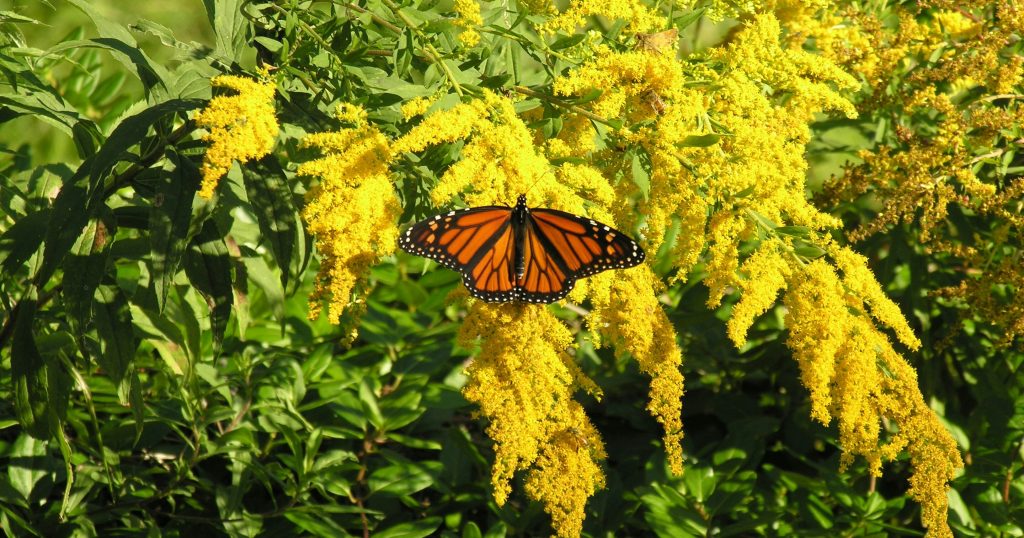
Goldenrod (Solidago spp.) is a late-season bloomer that offers abundant nectar when many other flowers have faded. Its yellow clusters of flowers are particularly attractive to Monarchs.
Marigolds

Marigolds (Tagetes spp.) are vibrant annual flowers that produce plentiful nectar. They are not only visually appealing but also a great addition to a butterfly garden.
Verbena

Verbena (Verbena spp.) flowers, with their clusters of tiny blooms, are highly attractive to Monarch butterflies. They provide abundant nectar and come in various colors.
Bee balm

Bee Balm (Monarda spp.), also known as Bergamot, is a perennial flower that produces showy, tubular blooms. Its bright colors and rich nectar make it a magnet for Monarchs and other pollinators.
Phlox
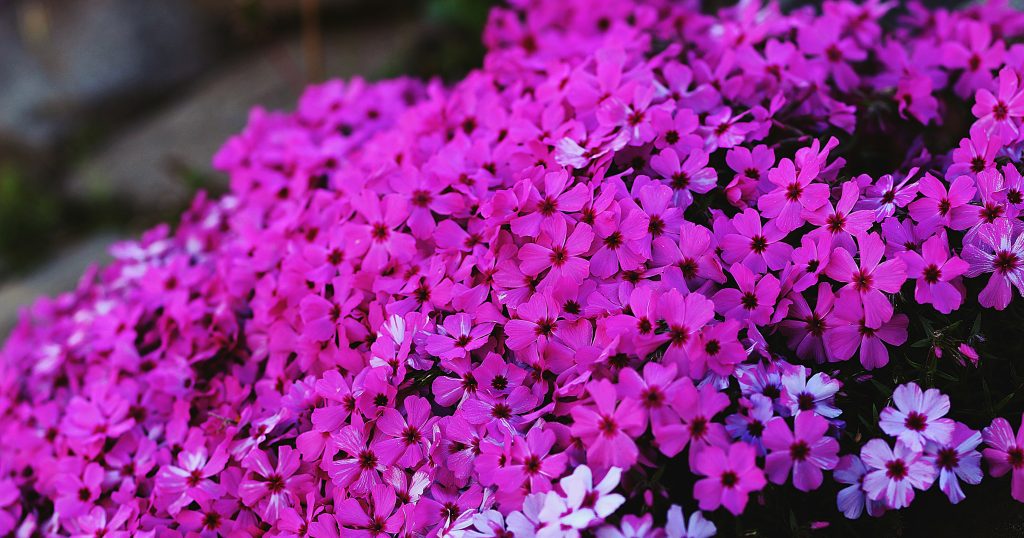
Phlox (Phlox spp.) flowers come in a range of colors and are known for their fragrant blossoms. They are adored by Monarchs and other butterflies, offering ample nectar.
Black-eyed Susan

Black-eyed Susan (Rudbeckia spp.), with its striking golden-yellow petals and dark centers, is a favorite of Monarch butterflies. Its abundant nectar and sturdy growth make it a reliable choice.
Sedum

Sedum (Sedum spp.) also known as stonecrop, are succulent plants that produce clusters of small, star-shaped flowers. They bloom in late summer and fall, attracting Monarchs with their nectar.
Ironweed

Ironweed (Vernonia spp.) is a native perennial known for its deep purple flowers. It is a favorite of Monarchs, providing them with a rich source of nectar during their migrations.
Joe-Pye Weed

Joe-Pye Weed (Eutrochium spp.), as discussed earlier, is highly attractive to Monarch butterflies. Its tall stature, pink to purplish-pink flower clusters, and abundant nectar make it a must-have in butterfly gardens.
Other ways to help

While planting flowers is a powerful way to attract Monarch butterflies, there are additional actions you can take to create an inviting environment for them. Here are some other ways to attract Monarchs besides planting flowers:
Provide Host Plants

Monarch butterflies require specific host plants for their caterpillars to feed on. The most well-known host plant is milkweed (Asclepias spp.), which is crucial for Monarch reproduction. By including milkweed in your garden, you provide a vital habitat for Monarch caterpillars to thrive. Different species of milkweed are native to various regions, so choose the appropriate variety for your location.
Create Habitat Diversity

Monarchs, like other wildlife, benefit from a diverse habitat. Incorporate a variety of plants, including trees, shrubs, and grasses, to create different layers and niches within your garden. This diversity provides shelter, nesting sites, and additional food sources beyond flowers.
Avoid Pesticides

Pesticides, including insecticides and herbicides, can harm not only target pests but also beneficial insects like Monarch butterflies. Minimize or eliminate the use of chemical pesticides in your garden to create a safer environment for Monarchs and other pollinators.
Provide Water Sources

Like all living creatures, butterflies need water. Create shallow water sources, such as birdbaths or shallow dishes filled with water and stones, to serve as butterfly watering stations. These sources offer a safe place for Monarchs to drink and bask in the sun.
Provide Shelter

Monarchs seek shelter from weather extremes and predators. Incorporate elements like shrubs, tall grasses, or butterfly houses in your garden to provide protective cover for butterflies and their offspring. The idea is to create as natural of an area as you possibly can to attract and protect these butterflies.
Create Sunspots
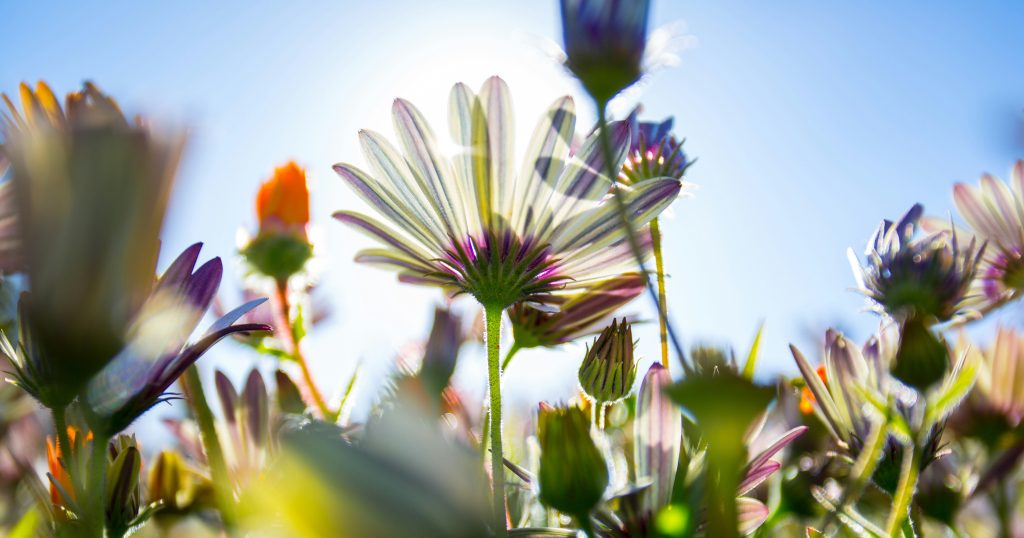
Monarchs, like most butterflies, require sunlight to warm their bodies and energize themselves. Design your garden with open, sunny areas where butterflies can bask and gather energy. Many flowers that attract monarch butterflies require full sun as well.
Participate in Citizen Science

Engage in citizen science initiatives such as tagging Monarch butterflies or reporting sightings. These activities contribute to ongoing research and conservation efforts, helping scientists track Monarch populations and migration patterns.
By combining these efforts with the planting of flowers, you can create a holistic and inviting space for Monarch butterflies. Your actions will contribute to their survival, promote biodiversity, and foster a deeper connection with the natural world around you.









